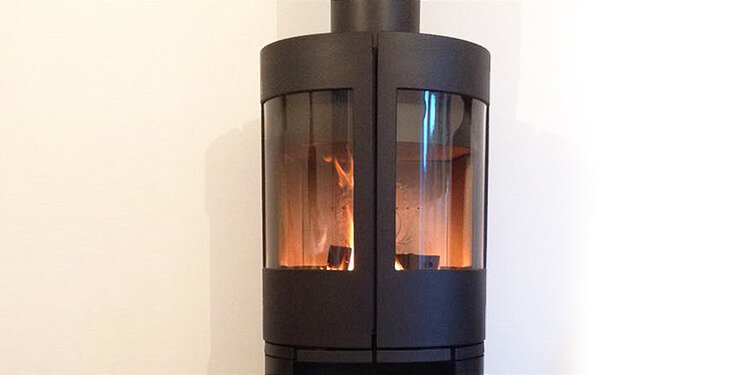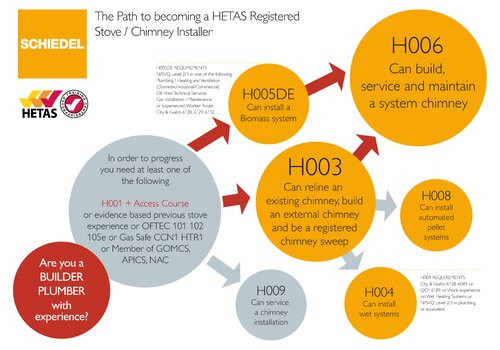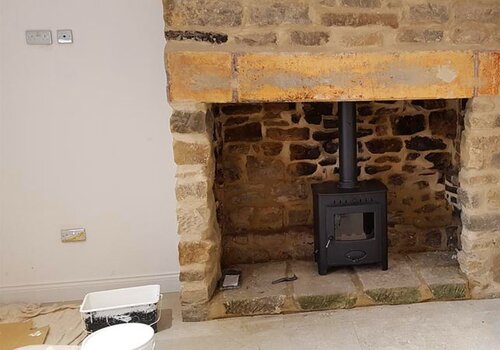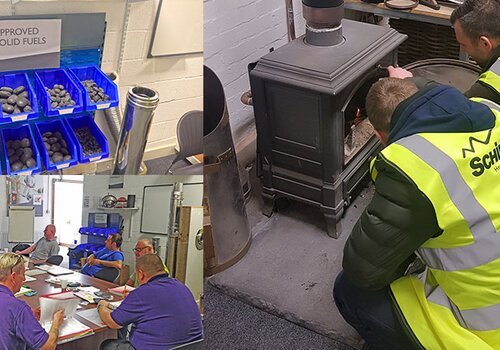Wood heating has experienced a huge upsurge in popularity over the past decade. As there is no legal requirement to hold a specific qualification, effectively anyone can buy and install a wood burning stove – something plumbing and heating engineers may find themselves doing.


News
Becoming a HETAS Registered Chimney Installer means that your customers are aware that you have the necessary qualifications in order to ins...

Guide
As a builder have you ever thought about adding the skills to be able to install a chimney and become a fully qualified stove fitter?

News
Schiedel have introduced a new course, which is designed for transferable skills and will allow you to become competent to install a stove a...